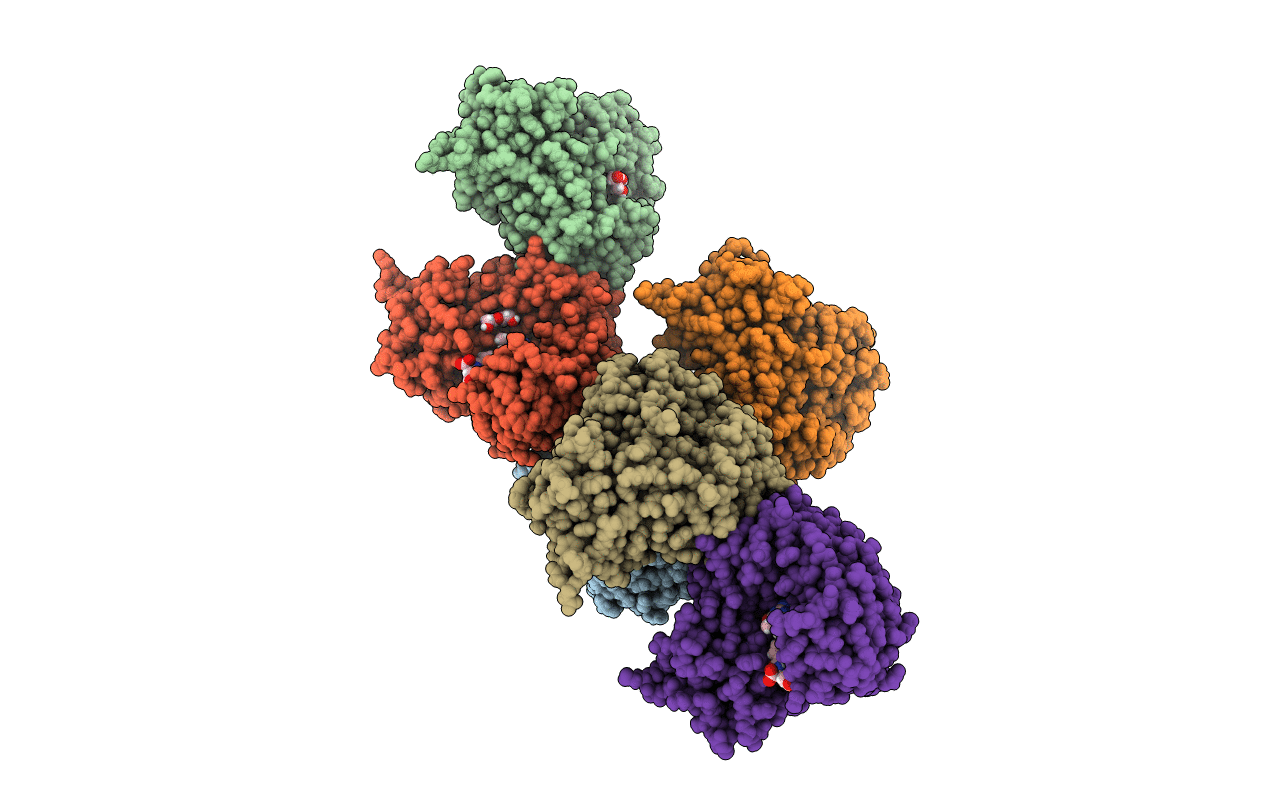
Deposition Date
2017-05-03
Release Date
2018-01-17
Last Version Date
2023-10-04
Entry Detail
PDB ID:
5VOO
Keywords:
Title:
Methionine synthase folate-binding domain with methyltetrahydrofolate from Thermus thermophilus HB8
Biological Source:
Source Organism:
Host Organism:
Method Details:
Experimental Method:
Resolution:
2.40 Å
R-Value Free:
0.22
R-Value Work:
0.19
R-Value Observed:
0.19
Space Group:
P 61 2 2


